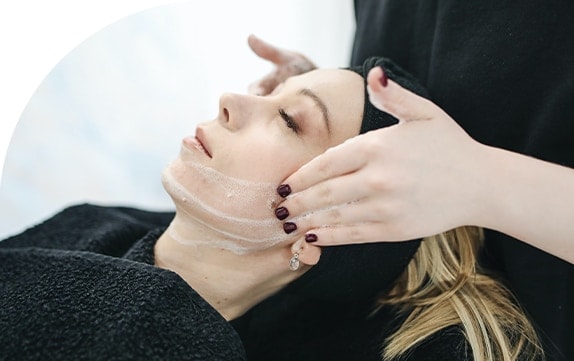Understanding Artane: Uses, Mechanism, and Expert Insights

What is Artane?
Artane, also known by its generic name trihexyphenidyl, is a medication primarily used to treat symptoms of Parkinson’s disease and other movement disorders. It belongs to a class of drugs known as anticholinergics. These medications work by blocking certain neurotransmitters in the brain, which helps reduce muscle stiffness, sweating, and the production of saliva, allowing for better control of body movements.
How Does Artane Work?
Artane works by inhibiting the action of acetylcholine, a neurotransmitter involved in muscle movement and coordination. By reducing the effects of acetylcholine, Artane helps to balance chemical interactions in the brain, leading to decreased symptoms such as tremors and muscle rigidity.
Indications for Use
Artane is prescribed for several conditions, including:
– Parkinson’s disease: To alleviate symptoms like tremor, stiffness, and slowness of movement.
– Drug-induced parkinsonism: Movement disorders resulting from the use of antipsychotic medications.
– Other movement disorders: Such as dystonia and akathisia.
How to Use Artane
Recommended Dosage
The dosage of Artane can vary based on individual needs and medical conditions. It is crucial to follow a healthcare provider’s instructions carefully. Typically, the medication is taken orally, with or without food, usually starting with a low dose that is gradually increased.
Common dosage guidelines include:
– Initial dose: 1 mg once a day.
– Maintenance dose: 5 to 15 mg per day, divided into 3 to 4 doses.
Always consult with a healthcare professional for a dosage tailored to your condition.
Possible Side Effects
Like all medications, Artane can cause side effects. While some individuals may not experience any, others might encounter:
– Dry mouth
– Blurred vision
– Constipation
– Dizziness
– Nausea
– Nervousness
– Difficulty urinating
If any of these side effects persist or worsen, it is crucial to contact a healthcare provider. Severe side effects, although rare, may include mental/mood changes, difficulty speaking, or decreased sweating.
Expert Insights
According to Dr. John Smith, a neurologist, “Artane can significantly improve the quality of life for patients with Parkinson’s disease by reducing debilitating symptoms. However, it is essential to monitor for side effects and adjust the dosage as necessary.”
Pharmacist Emily Jones adds, “Patients should discuss their full medical history with their healthcare provider to ensure Artane is safe for them, especially if they have conditions such as glaucoma, enlarged prostate, or heart disease.”
Additional Considerations
Interactions with Other Medications
Artane may interact with other medications, potentially altering its effects. It is vital to inform your doctor about all other medications you are taking, including over-the-counter drugs and supplements.
Who Should Avoid Artane?
Artane may not be suitable for everyone. Individuals with conditions such as glaucoma, certain types of heart disease, and urinary retention should exercise caution. Pregnant or breastfeeding women should consult their doctor before using Artane.
Conclusion
Artane is a valuable medication for managing symptoms of Parkinson’s disease and other movement disorders. By understanding its uses, mechanism of action, and potential side effects, patients can make informed decisions about their treatment options. Always seek professional medical advice before starting or adjusting any medication regimen.
For those considering purchasing Artane, we recommend visiting our site for more information and options: Buy Artane Online.
Resources and References
– Mayo Clinic Staff. “Parkinson’s Disease – Diagnosis and Treatment.” Mayo Clinic, 2023.
– NIH National Library of Medicine. “Trihexyphenidyl: MedlinePlus Drug Information.” MedlinePlus, 2023.
– Parkinson’s Foundation. “Medications for Motor Symptoms.” Parkinson’s Foundation, 2023.


